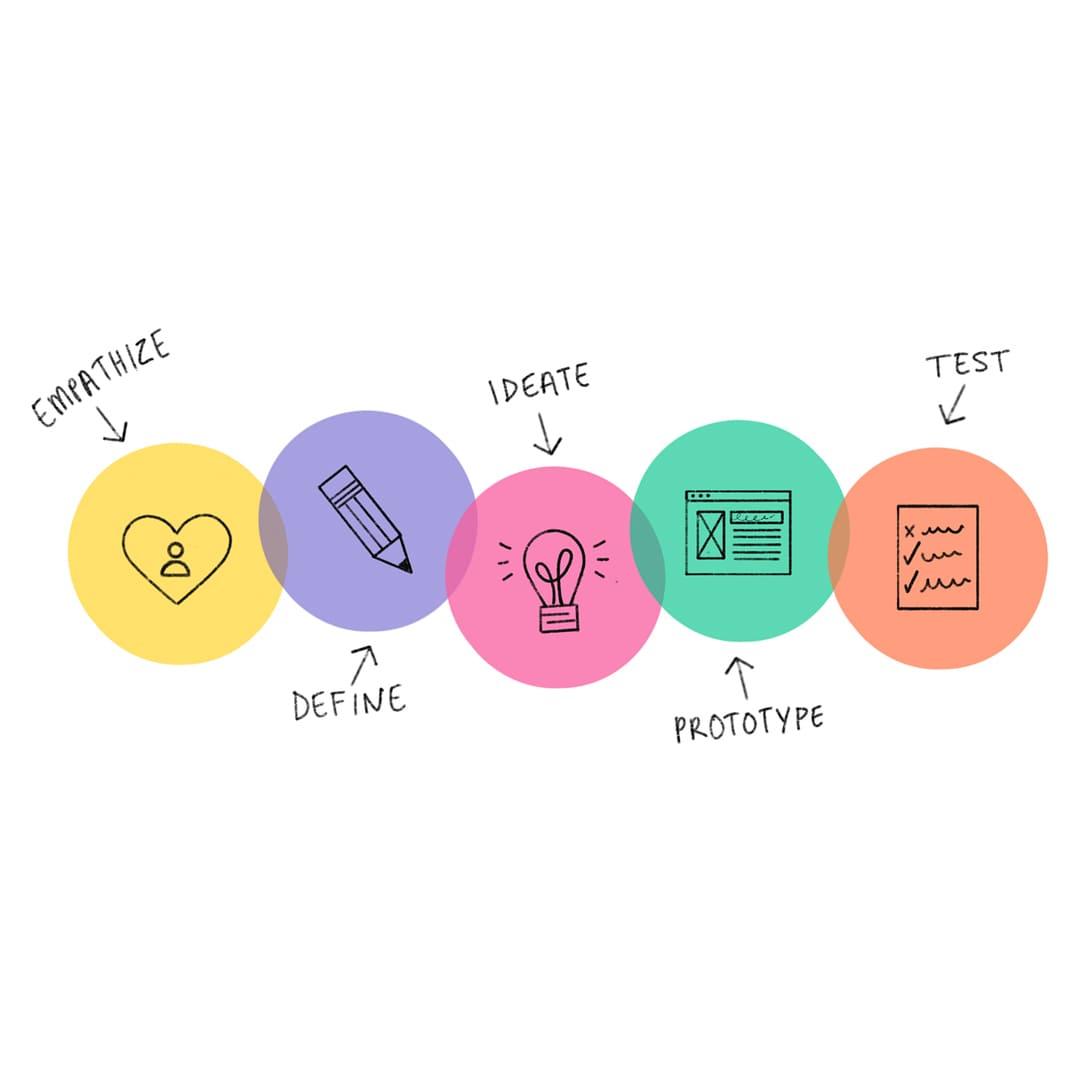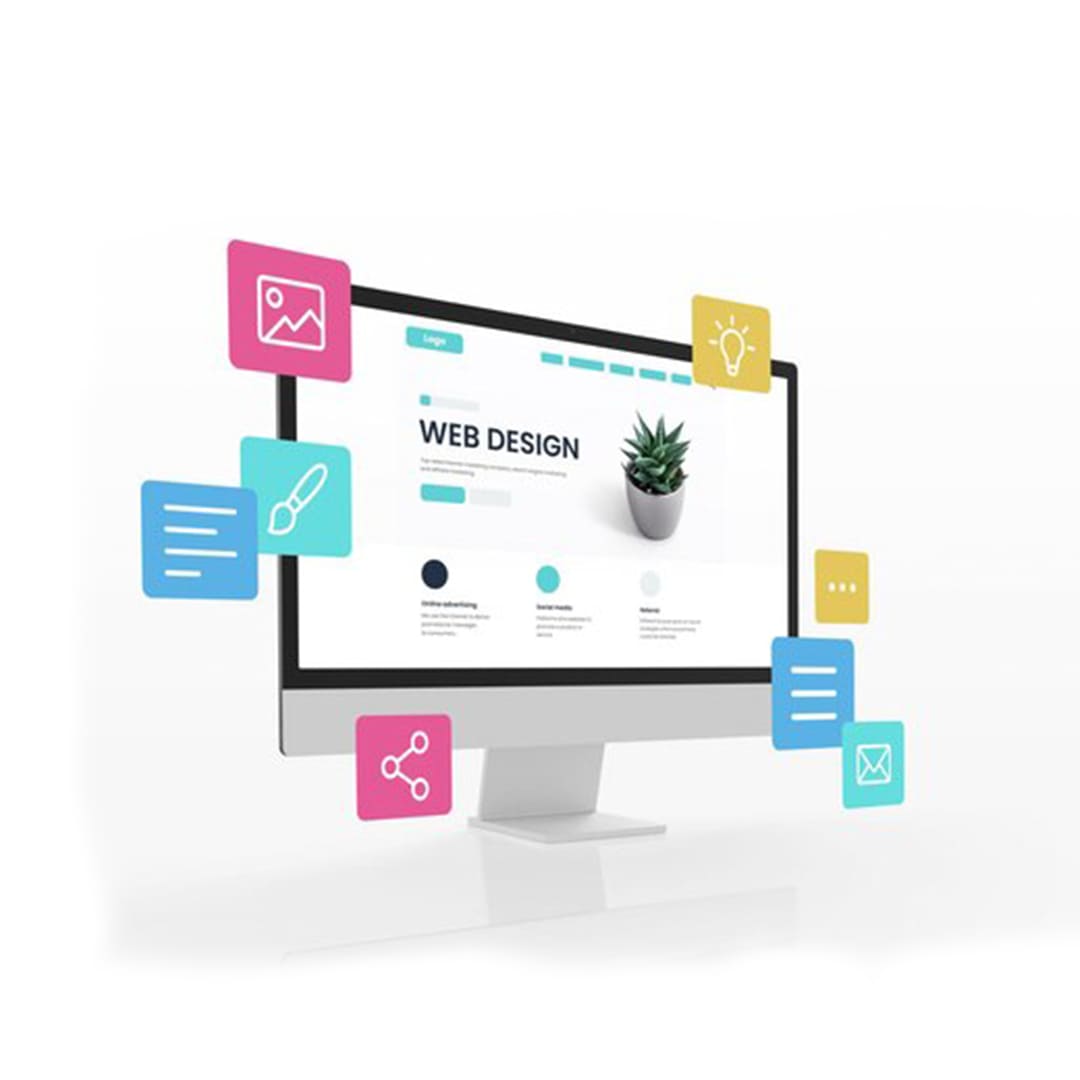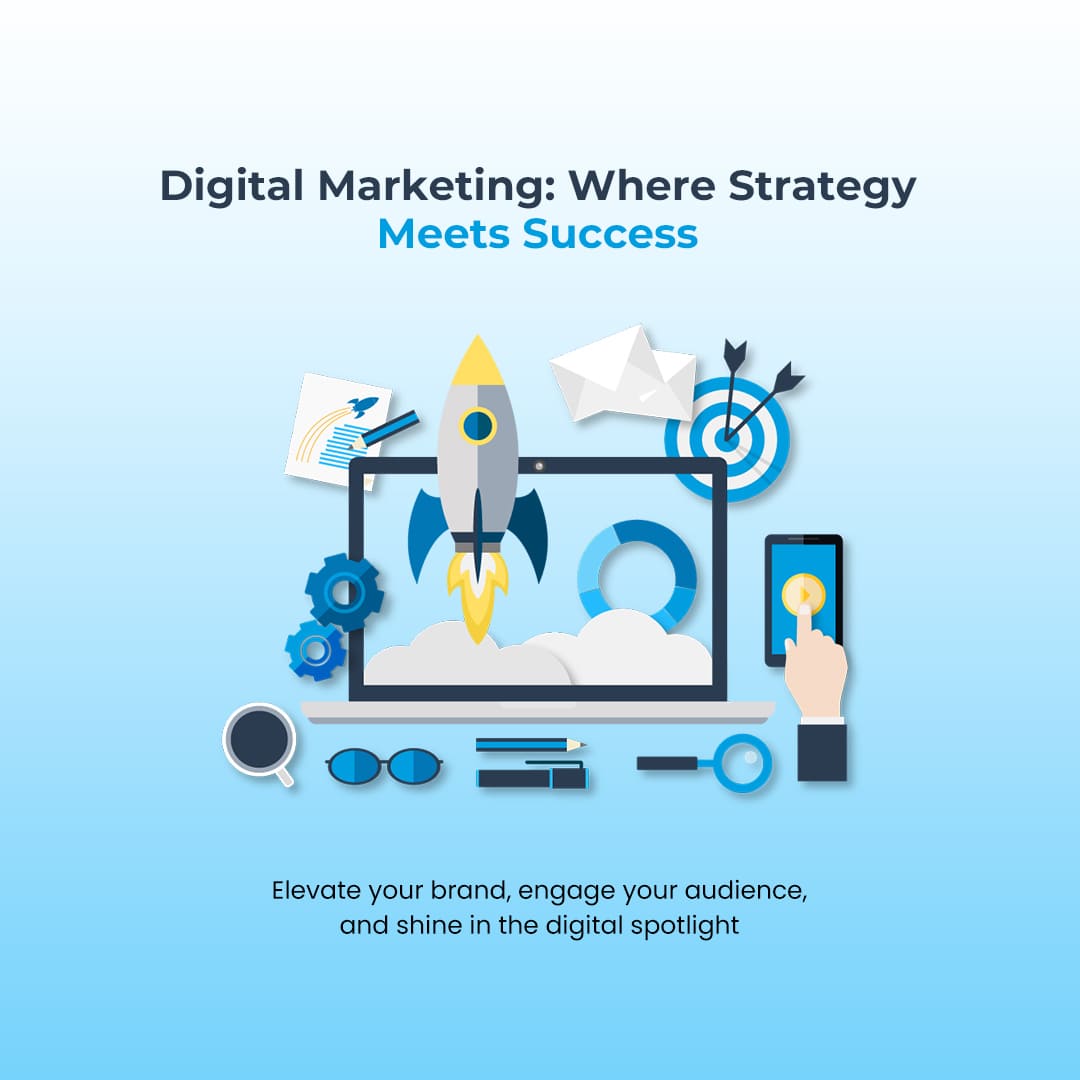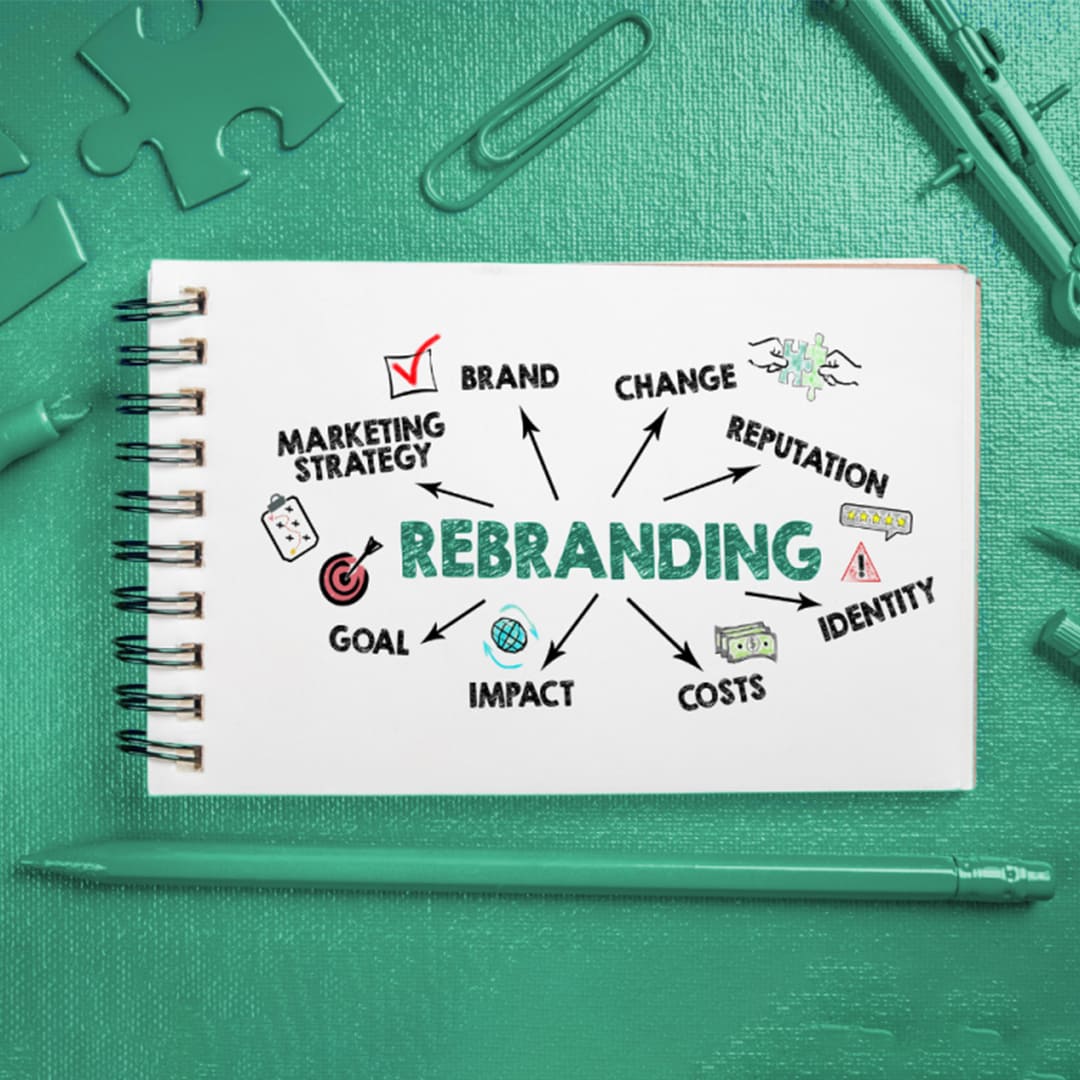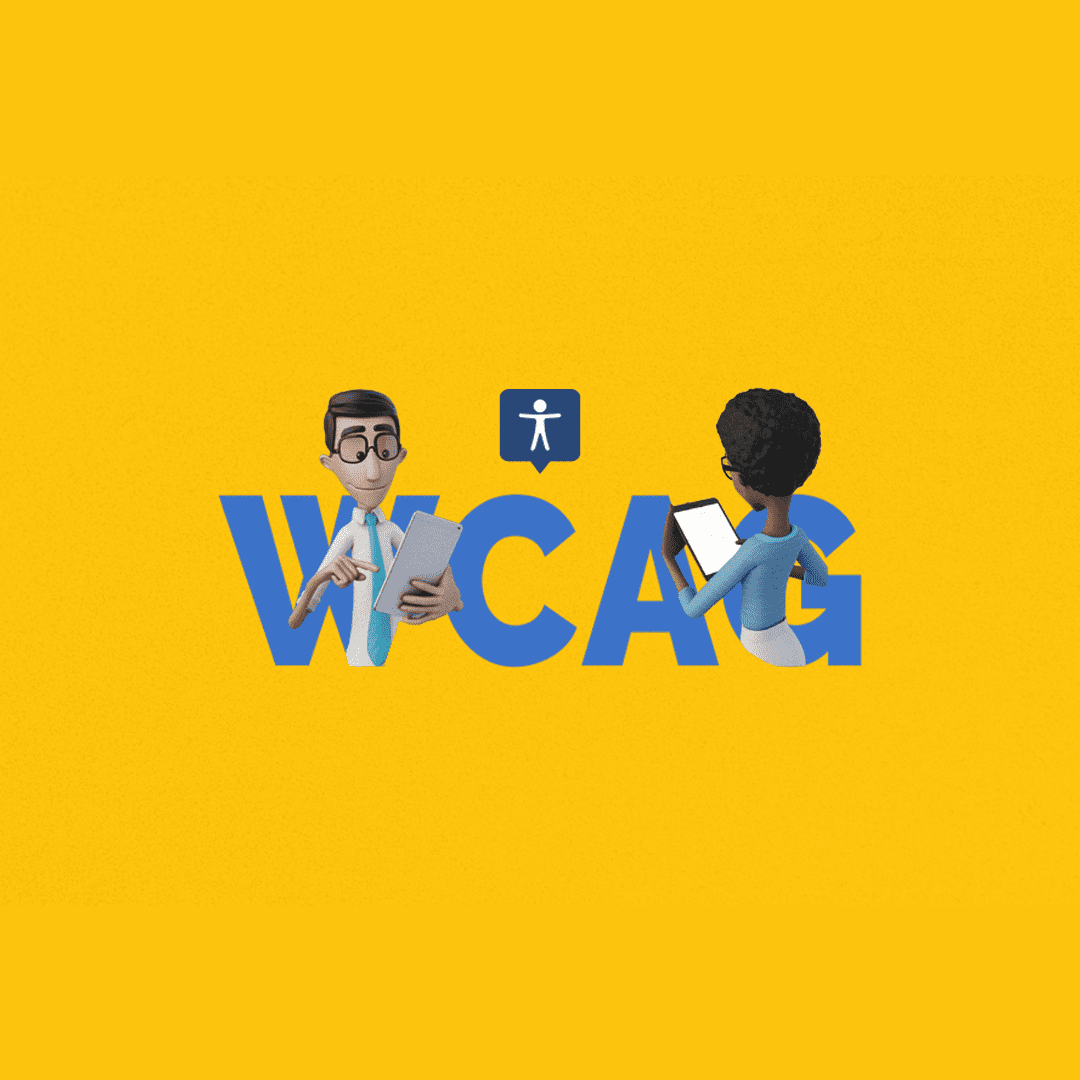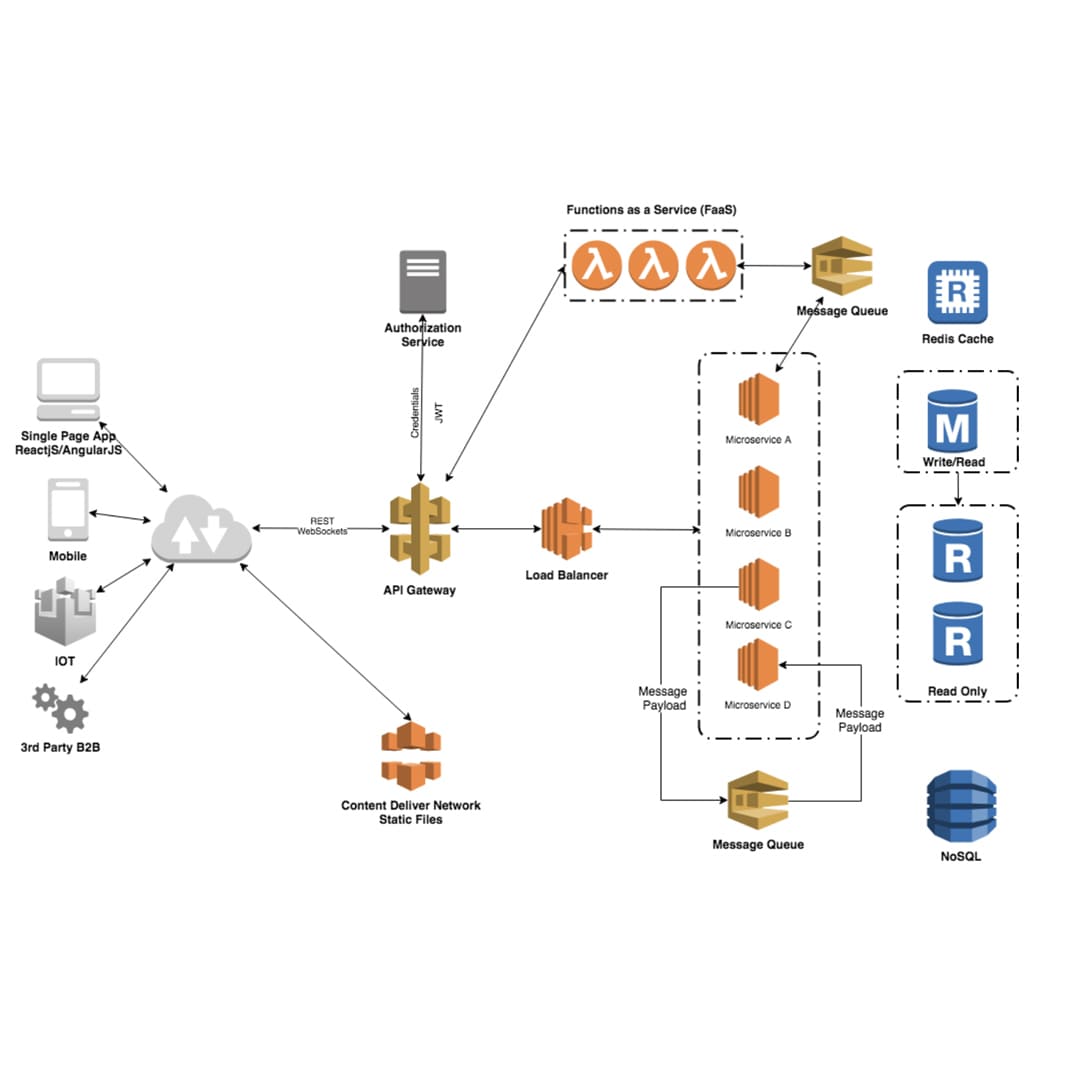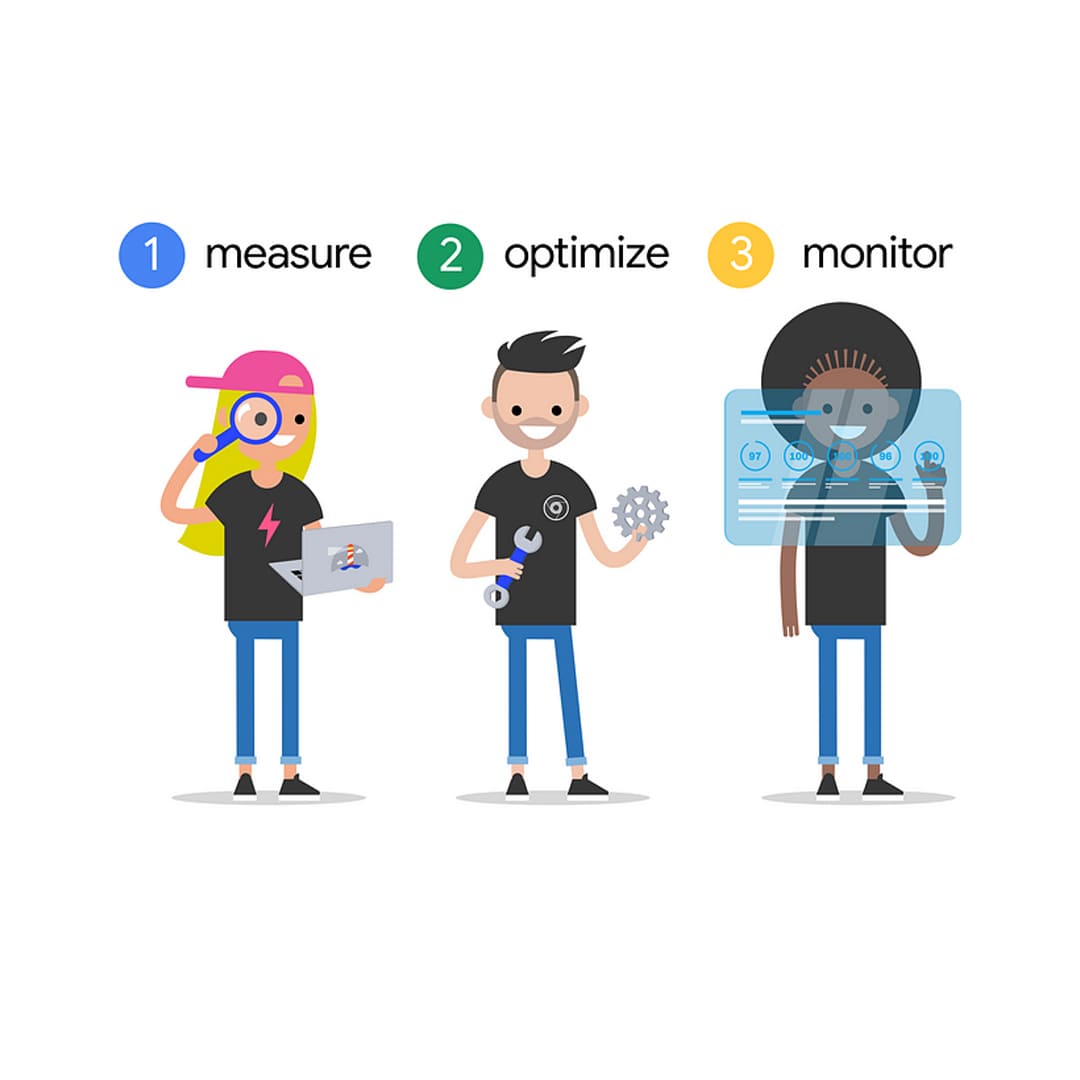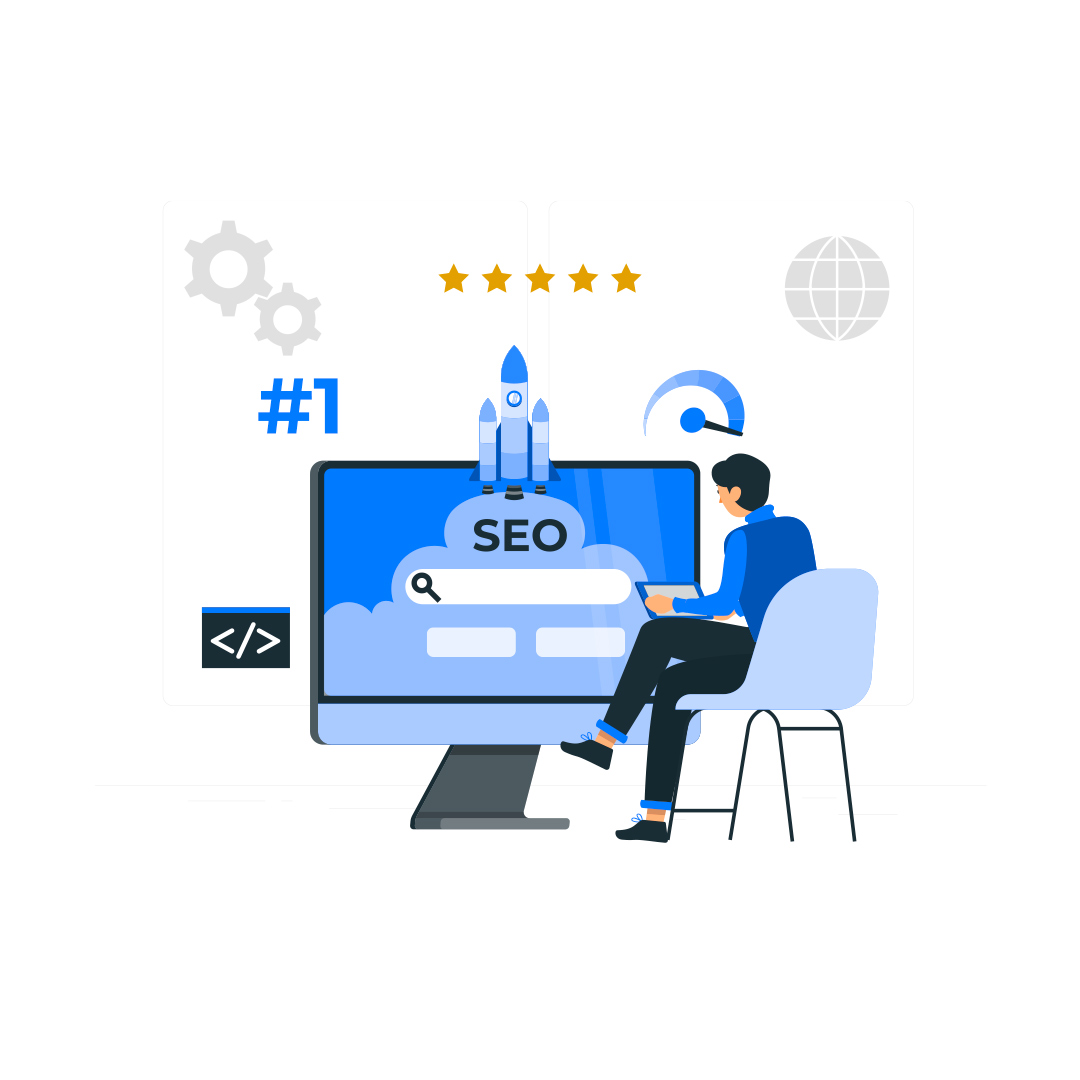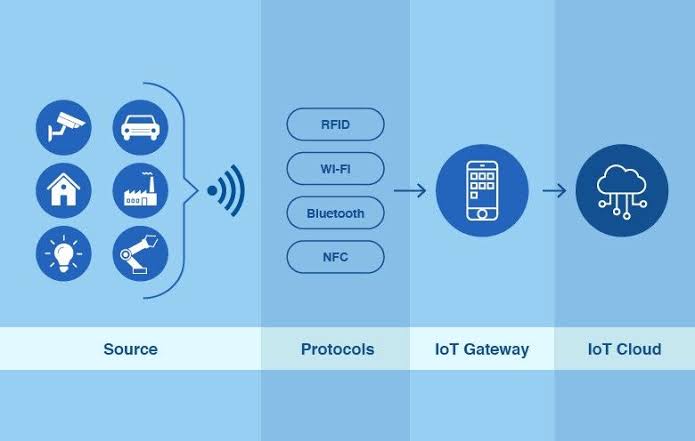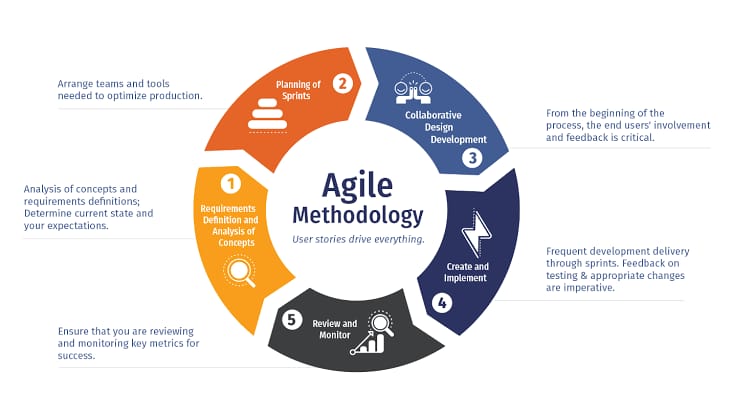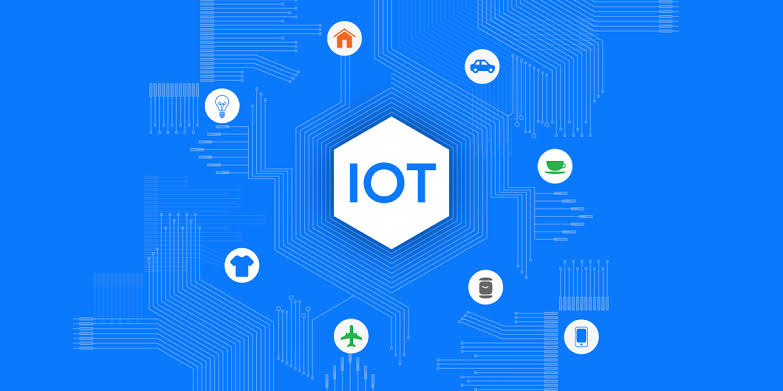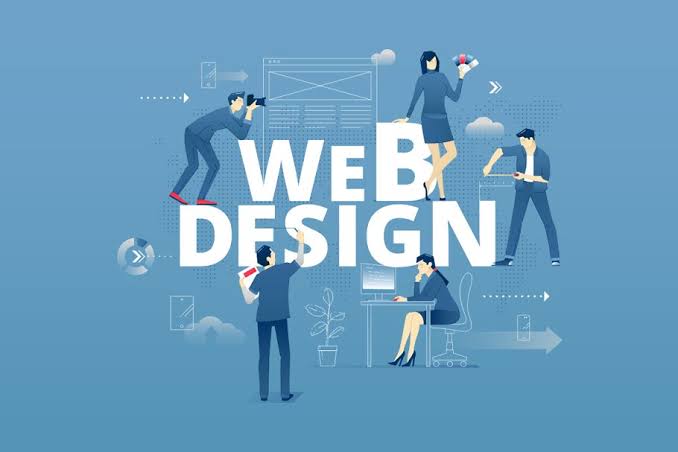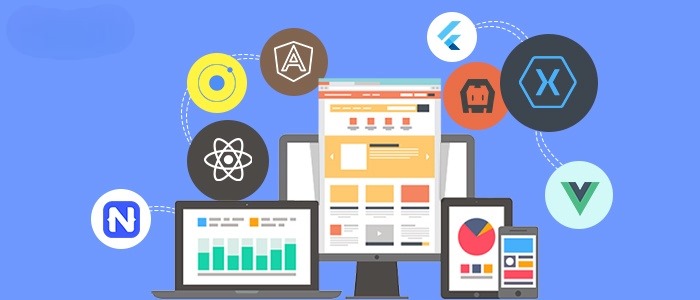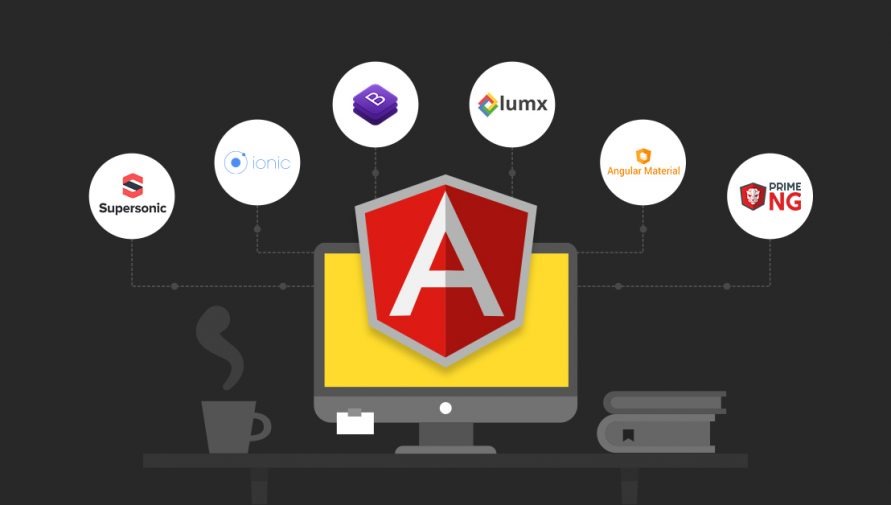Navigating the Digital Frontier: Effective Web Development Strategies for Startups
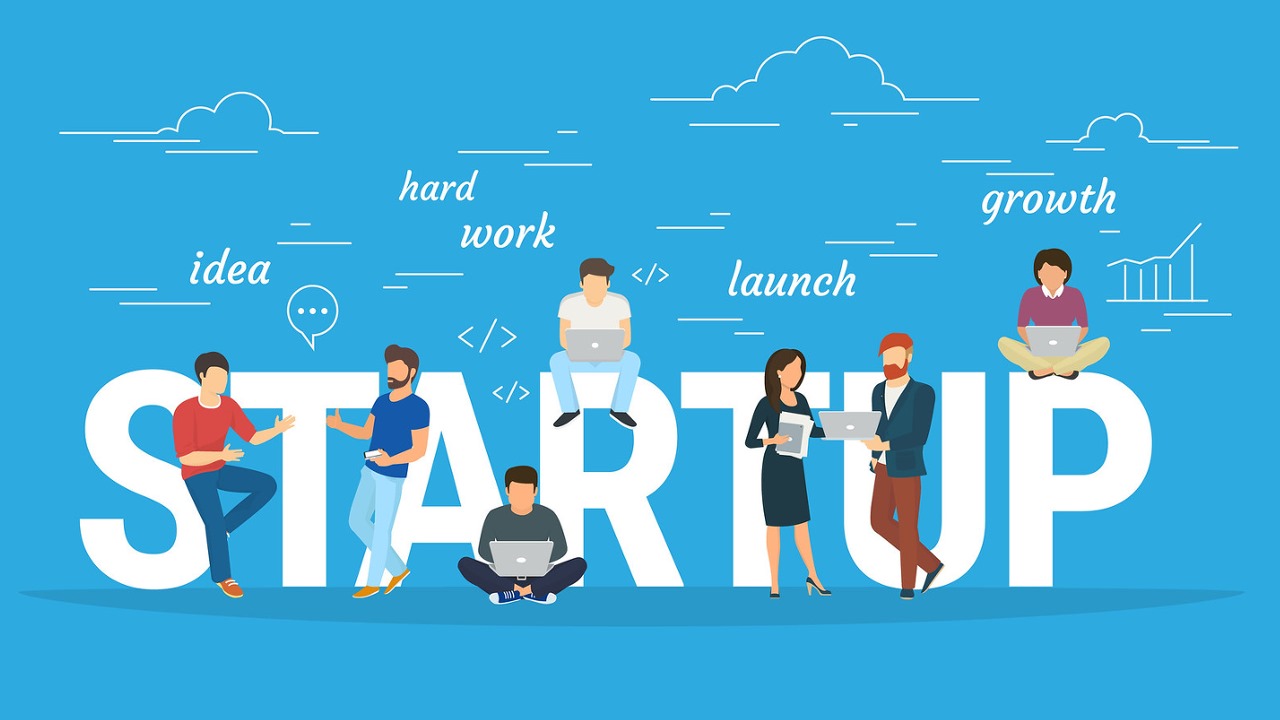
The internet has evolved into a battleground for companies looking to carve out a position for themselves in the modern economic world. A solid online presence is essential, not just a luxury. This blog explores the nuances of startup web development tactics. With a focus on building a robust foundation, effective MVP (Minimum Viable Product) development, scalability considerations, and budget-friendly lean development practices, we'll explore the key elements that can propel startups towards success in a highly competitive environment. Making a successful web development plan is essential in the fast-paced startup industry, where innovation and competitiveness collide. This strategic plan lays the groundwork for entrepreneurs to establish their online presence, interact with their target market, and eventually accomplish their business objectives. Within this dynamic landscape, three pillars stand tall: MVP development strategies, scalability considerations and architecture for rapid growth, and lean, budget-friendly web development approaches. In this talk, we'll go in-depth on each of these elements and reveal the key tactics that help companies not just survive but also succeed in the rapidly changing digital landscape.
Startups must primarily demonstrate their mettle in the digital sphere in today's dynamic and fiercely competitive business environment. A strong online presence is essential and not just a luxury. In this age of digital transformation, startups need to wield their web development strategies as potent tools for success. This blog is a deep dive into the critical world of web development strategies tailored specifically for startups. From crafting effective Minimum Viable Products (MVPs) to ensuring scalability for rapid growth and implementing lean, budget-friendly approaches, we will explore the essential elements that can guide startups towards flourishing in the ever-evolving digital landscape. As we embark on this journey, we'll uncover the secrets to building a strong online foundation and achieving the competitive edge that startups need to thrive.
Mastering MVP Development: Strategies for Success
Setting the Stage with MVP Development.
Launching a startup is an exciting endeavour, but it's essential to avoid overcommitting resources too early. MVP development is a strategy that allows startups to test their ideas with minimal investment, gather feedback, and iterate on their product. Here are the critical aspects of MVP development:
- Defining the MVP: The first step is to clearly define your MVP. It should encompass the core features that solve a specific problem for your target audience. By focusing on essential functionality, you can expedite development and get your product into the hands of users sooner.
- Rapid Prototyping: Utilize rapid prototyping techniques to visualize your MVP. This can be as simple as wireframes or interactive prototypes. Prototypes help you communicate your vision with developers and potential investors, making it easier to secure funding or attract talent.
- User-Centric Approach: MVP development centers on user feedback. Release your MVP to a select group of early adopters and gather their input. This invaluable feedback loop guides your development efforts and ensures that you're building a product that resonates with your target audience.
- Iteration and Improvement: Continuous improvement is at the heart of MVP development. As you receive feedback and gather data, use it to iterate on your product. Gradually expand your feature set based on user needs and market demand.
- Understanding the MVP Concept: Before diving into the world of web development, startups should first grasp the essence of MVP development. The MVP, or Minimum Viable Product, is the initial version of a product that includes only its core features. It serves as a prototype to validate a business idea with minimal investment and effort.
Benefits of MVP Development
MVP development offers several advantages for startups:
- Risk Mitigation: Building a full-featured product from the outset carries substantial risks. MVP allows you to test your concept before committing significant resources, reducing the risk of failure.
- Speed to Market: With MVP, you can launch your product quickly, gaining a competitive edge and potentially securing early adopters.
- User-Centric Approach: It emphasizes feedback from real users, helping you understand their needs and preferences better.
- Resource Efficiency: By focusing on essential features, you conserve resources for future iterations.
Building a Solid MVP Strategy
Creating an effective MVP involves a strategic approach:
- Market Research: Thoroughly research your target market to identify pain points and unmet needs.
- Feature Prioritization: Select core features that directly address the identified pain points. Avoid feature bloat and complexity.
- Rapid Prototyping: Develop a prototype or wireframe of your MVP to visualize the user experience and functionality.
- User Testing: Launch your MVP to a small group of early adopters or beta testers. After that their feedback should be collected and necessary improvements should be done accordingly.
- Iterative Development: Use the feedback loop to refine your product continually. Gradually add features based on user input and market demand.
Scalability Considerations and Architectural Foundations for rapidly growing startups
The Need for Scalability:
While a successful MVP launch is crucial, startups must also plan for long-term growth. Scalability, the ability to handle increased workload and users, is essential for sustainable success. Consider these key factors:
- Traffic Growth: Anticipate increased website traffic as your startup gains popularity.
- Data Volume: As user interactions and data storage expand, your infrastructure must accommodate the growing volume.
- Performance: Ensure that your website or application maintains responsiveness and fast load times even under heavy usage.
Scalability in Web Development
A successful startup is one that can handle rapid growth without compromising performance or user experience. To achieve this, startups must adopt scalable web development strategies and architecture:
- Cloud Computing: scalable infrastructures are offered by cloud platforms like Azure, AWS and Google Cloud. Resources can automatically scale up or down based on demand, reducing the risk of downtime.
- Microservices Architecture: Break your application into smaller, independently deployable services. This modular approach allows for efficient scaling of specific components.
- Caching and Content Delivery: Implement caching mechanisms and use Content Delivery Networks (CDNs) to reduce server load and deliver content more efficiently to users worldwide.
- Load Balancing: Distribute incoming traffic across multiple servers or instances to prevent overload on a single resource.
- Database Scaling: Choose databases that support horizontal scaling (e.g., NoSQL databases) to handle increased data loads effectively.
- Regular Load Testing: Regularly test your application's performance under heavy loads to identify potential bottlenecks and weaknesses. Load testing helps you address scalability issues before they impact your users.
Lean Development and Budget-Friendly web development strategies
The Lean Approach
Lean development is a philosophy that emphasizes efficiency, resource optimization, and the elimination of waste. Startups, often working with limited budgets, can benefit greatly from this approach:
- Prioritization: Focus on features that deliver the most value to users and align with your business objectives. Avoid "nice-to-have" features that can drain resources.
- Open Source Tools: Leverage open-source frameworks, libraries, and tools to reduce development costs. Many robust open-source solutions are readily available.
- Agile Methodologies: Adopt agile development methodologies such as Scrum or Kanban to ensure efficient use of resources and flexibility in responding to changing requirements.
- Outsourcing and Freelancers: Consider outsourcing certain development tasks or hiring freelancers for specialized roles. This allows you to access expertise without the overhead of full-time employees.
- Continuous Integration and Deployment (CI/CD): Implement CI/CD pipelines to automate testing and deployment processes. Automation reduces the risk of errors and accelerates development cycles, ultimately saving time and money.
Budget Allocation
Managing your budget effectively is crucial in lean development. Allocate resources wisely by:
- Setting a Clear Budget: Establish a well-defined budget for your web development project and adhere to it.
- Cost Monitoring: Regularly track and analyze your expenditures to identify areas where you can optimize spending.
- Flexibility: Be prepared to reallocate resources based on changing priorities and emerging needs.
Web development is the cornerstone of a startup's digital journey, and strategic planning is the compass that guides it. By embracing MVP development for iterative improvement, preparing for scalability, and adhering to lean and budget-friendly practices, startups can chart a course towards sustainable success. In a world where the digital landscape evolves rapidly, a well-crafted web development strategy can be the key differentiator between thriving and merely surviving in the competitive startup ecosystem. Therefore, keep in mind that the appropriate web development strategy can transform your vision into a digital reality that resonates with your target audience and feeds your entrepreneurial goals as you set out on your startup path. By implementing MVP development, scalability considerations, and lean development practices, startups can navigate the challenges of building a robust online presence while efficiently managing their budgets. Keep in mind that adaptation and constant improvement are the keys to success, so be flexible and attentive to the changing needs of your startup and its users. Your startup may succeed in the digital age with the appropriate web development strategy in place. Web development strategies are the lifeblood of modern startups, propelling them into the digital forefront and enabling them to thrive amidst fierce competition. Embracing the concept of Minimum Viable Product (MVP) development empowers startups to iterate and refine their offerings while staying attuned to user feedback and market dynamics. Scalability considerations and architectural foresight pave the way for seamless expansion, ensuring that startups can handle rapid growth without compromising user experience. Additionally, by implementing lean and cost-effective development techniques, businesses can make the most of their resources, optimize their processes, and successfully negotiate the unpredictable terrain of entrepreneurship. Startups that grasp these techniques are not only positioned for success but also for lasting success in the constantly changing world of business innovation in the digital age when the web serves as the entrance to international markets.
In the end, in today's digitally driven world, web development methods are the key to success for startups. The journey of a startup is akin to navigating uncharted waters, and these strategies serve as the compass, guiding entrepreneurs toward their goals. By prioritizing the creation of Minimum Viable Products (MVPs), startups can efficiently validate their ideas, gather crucial user feedback, and evolve their offerings in response to real-world needs. Scalability considerations ensure that growth is not only anticipated but seamlessly accommodated, safeguarding performance and user satisfaction. Meanwhile, adopting lean and budget-friendly development practices empowers startups to make the most of their resources, optimizing their chances of success. In the ever-evolving landscape of entrepreneurship, startups equipped with these web development strategies are better positioned to not only survive but thrive, turning their innovative visions into digital realities that resonate with their audience and drive lasting success.
Recent Stories
500k Customer Have
Build a stunning site today.
We help our clients succeed by creating brand identities.
Get a Quote









